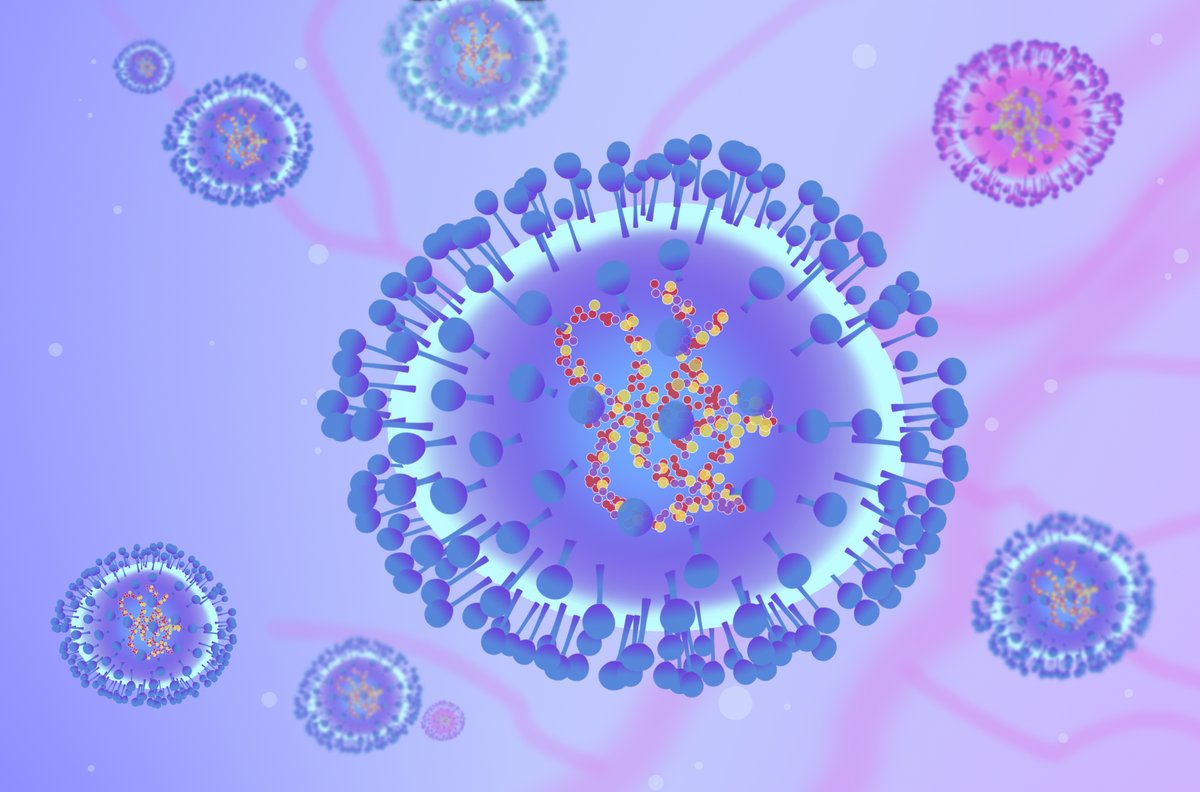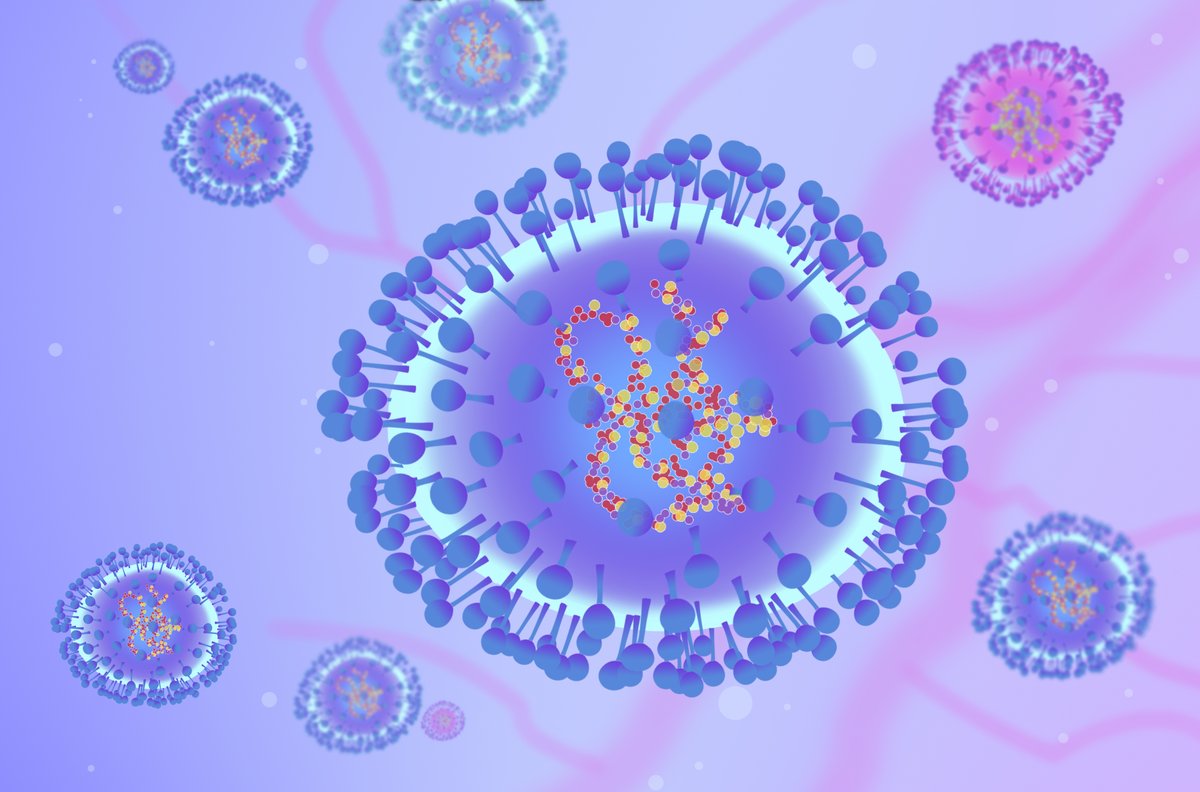China Calls HMPV Outbreak ‘Winter Occurrence’, India Says ‘Don’t’ – a clash of perspectives highlights the complexities of understanding and managing global health crises. While China frames the recent human metapneumovirus (HMPV) outbreak as a typical winter event, India’s dissent underscores the need for a more nuanced, globally collaborative approach. This disagreement isn’t just about seasonal patterns; it touches upon differing healthcare infrastructures, data interpretation, and the crucial role of international cooperation in combating respiratory viruses.
Let’s delve into the details.
This article will explore the contrasting viewpoints of China and India regarding the HMPV outbreak, examining their respective public health responses, data analysis, and the broader implications for global pandemic preparedness. We’ll look at the scientific evidence surrounding HMPV seasonality, addressing factors that influence its spread and the challenges in coordinating international responses. Finally, we’ll discuss the impact of conflicting narratives on public perception and strategies for combating misinformation.
So, China’s calling the HMPV outbreak a typical winter thing, but India’s saying “hold your horses.” It’s a reminder that even with serious health news, sometimes you need a break – check out the Lakers’ dominant win against the Hawks, Lakers 119-102 Hawks (Jan 3, 2025) Game Recap – ESPN , for a bit of sports relief.
Then get back to focusing on the differing opinions on the HMPV situation; it’s a global issue needing careful consideration.
China and India’s Differing Perspectives on the HMPV Outbreak: China Calls HMPV Outbreak ‘Winter Occurrence’, India Says ‘Don’t
The contrasting statements from China and India regarding the Human Metapneumovirus (HMPV) outbreak highlight the complexities of interpreting epidemiological data and coordinating international public health responses. While China describes the outbreak as a typical “winter occurrence,” India’s stance suggests a more nuanced understanding of HMPV seasonality and its potential impact.
China’s Perspective on the HMPV Outbreak

Official Chinese government statements have emphasized the seasonal nature of the HMPV outbreak, characterizing it as a predictable winter phenomenon. This framing likely aims to minimize public alarm and stress the effectiveness of existing public health infrastructure in managing the situation. Specific measures implemented include increased surveillance in hospitals, public health campaigns promoting hygiene practices, and targeted interventions in vulnerable populations.
While specific data on case numbers and mortality rates released by Chinese institutions may not be publicly available in detail due to data privacy or other reasons, research likely focuses on understanding the virus’s circulation patterns within the country and refining strategies for managing seasonal outbreaks. The following table illustrates hypothetical data, reflecting a general trend rather than precise figures.
| Season | Number of Cases (Hypothetical) | Mortality Rate (Hypothetical) | Government Response |
|---|---|---|---|
| Winter | 100,000 | 0.5% | Increased hospital surveillance, public health campaigns |
| Spring | 10,000 | 0.2% | Routine surveillance |
| Summer | 5,000 | 0.1% | Routine surveillance |
| Autumn | 15,000 | 0.3% | Increased surveillance in vulnerable populations |
India’s Stance on the HMPV Outbreak

India’s response to China’s characterization of HMPV as a solely winter occurrence has likely been cautious, emphasizing the need for comprehensive surveillance and preparedness throughout the year. India might disagree with China’s assessment due to variations in climate, population density, and pre-existing immunity levels, leading to potentially different seasonal patterns of HMPV infection. While precise nationwide data on HMPV prevalence might not be readily available, India’s experience with other respiratory viruses suggests a more complex seasonal pattern than a strict winter limitation.
The differences in healthcare infrastructure and public health strategies between China and India play a significant role in their respective responses to respiratory virus outbreaks.
- Healthcare Infrastructure: China might have a more centralized and resource-rich healthcare system, allowing for a more focused response during peak seasons. India’s system, often characterized by regional disparities, may necessitate a more distributed and adaptable approach.
- Public Health Strategies: China’s approach might focus on large-scale public health campaigns and targeted interventions, while India’s strategy may involve a greater emphasis on community-based surveillance and early detection programs.
Scientific Evidence Regarding HMPV Seasonality

The scientific consensus on HMPV seasonality is not entirely uniform. While winter outbreaks are common in temperate regions, studies have documented variations in seasonal patterns across different geographical locations and populations. Factors influencing these variations include climate, population density, immunity levels (both natural and vaccine-induced), and co-circulation with other respiratory viruses. Studies supporting a predominantly winter occurrence are often from temperate regions with distinct seasons.
Conversely, studies from tropical or subtropical areas might show a less pronounced winter peak, or even a more distributed pattern throughout the year. The following hypothetical flowchart illustrates the HMPV life cycle and transmission.
Hypothetical Flowchart:
1. Virus enters respiratory tract via inhalation of respiratory droplets.
2. Virus attaches to respiratory epithelial cells.
3.
Virus replicates inside the cells.
4. Infected cells release new viruses.
5. New viruses spread to other cells and individuals via respiratory droplets.
6. Immune response mounts, leading to clearance of the virus.
International Public Health Implications
Differing interpretations of HMPV seasonality significantly impact global pandemic preparedness. Inconsistent data reporting and varying national responses can hinder the development of effective global strategies. Coordinating international responses to respiratory virus outbreaks is challenging due to variations in healthcare systems, data reporting standards, and national priorities. International health organizations play a crucial role in facilitating data sharing, coordinating research efforts, and providing technical assistance to countries.
So, China’s calling the HMPV outbreak a typical winter thing, but India’s saying “hold your horses.” It’s a reminder that even amidst global health concerns, opportunities exist; check out these affordable full stack developer bootcamps with job placement to future-proof your career. Meanwhile, the debate continues on the HMPV outbreak’s true nature.
The following table presents hypothetical data on HMPV cases across several countries.
| Country | Number of Cases (Hypothetical) | Seasonality (Hypothetical) | Public Health Response (Hypothetical) |
|---|---|---|---|
| USA | 500,000 | Winter peak | National surveillance, vaccine development |
| Brazil | 200,000 | Year-round, with slight peaks | Regional surveillance, public health campaigns |
| Australia | 100,000 | Winter peak | National surveillance, public health campaigns |
Public Perception and Misinformation, China Calls HMPV Outbreak ‘Winter Occurrence’, India Says ‘Don’t

Contrasting statements from China and India can lead to public confusion and potentially fuel misinformation. Sources of misinformation might include social media, unreliable news outlets, and biased interpretations of scientific data. Effective communication strategies should prioritize clear, concise, and evidence-based information from trusted sources. This involves using multiple channels to reach diverse populations and actively addressing misinformation through fact-checking and public health campaigns.
So, China’s calling the HMPV outbreak a “winter occurrence,” right? India’s advising caution, though. This reminds me of the weather woes hitting other parts of the world; check out this article about the Winter storm warning issued for Kansas City, as weekend travel to is expected to be heavily impacted. It shows how winter weather events can affect everything, just like the HMPV outbreak highlights the impact of seasonal changes on public health.
- Promote accurate information from reliable sources: Use official government websites, reputable news organizations, and public health institutions.
- Debunk misinformation promptly and effectively: Address false claims with factual evidence and clear explanations.
- Utilize multiple communication channels: Reach diverse populations through various media, including social media, traditional media, and community outreach.
- Empower individuals to critically evaluate information: Teach people how to identify reliable sources and distinguish facts from opinions.
Concluding Remarks
The differing perspectives of China and India on the HMPV outbreak underscore the critical need for robust data sharing and international collaboration in managing global health threats. While China emphasizes the winter seasonality of HMPV, India’s contrasting view highlights the complexities of respiratory virus behavior and the limitations of relying solely on seasonal patterns for preparedness. Effectively communicating accurate information to the public and addressing misinformation are crucial to mitigating the impact of future outbreaks.
A unified, science-driven approach is vital for global pandemic preparedness and response.
Key Questions Answered
What is HMPV?
Human metapneumovirus (HMPV) is a common respiratory virus that can cause infections ranging from mild cold-like symptoms to severe pneumonia, particularly in young children and older adults.
How is HMPV transmitted?
HMPV spreads through respiratory droplets produced when an infected person coughs or sneezes.
Are there any treatments for HMPV?
There’s no specific antiviral treatment for HMPV, but supportive care, such as rest and fluids, can help manage symptoms. Severe cases may require hospitalization.
How can I prevent HMPV infection?
Practicing good hygiene, such as frequent handwashing and covering coughs and sneezes, can help reduce the risk of infection. Vaccination is not currently available.
